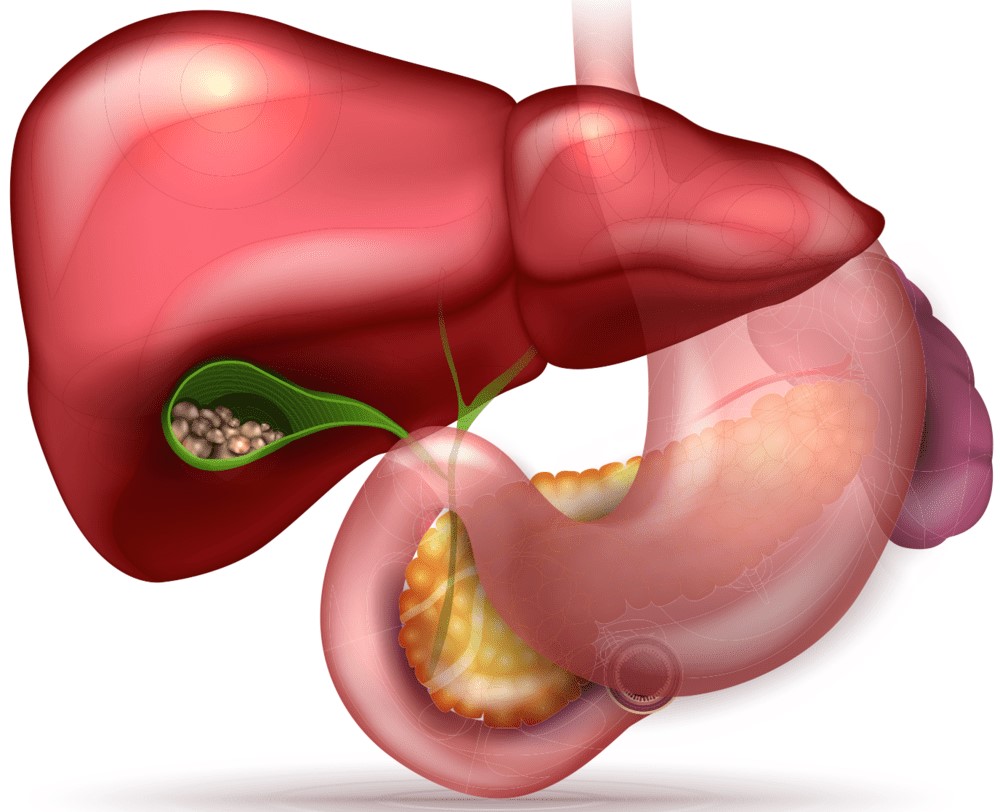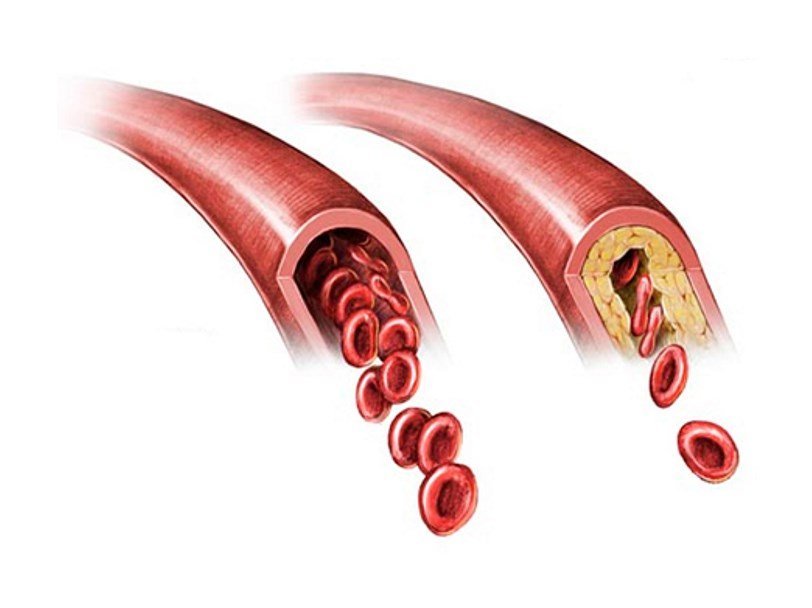This article will discuss the most radical surgical treatment for cystitis. The mere fact that such a commonplace disease as cystitis can be treated with surgery sounds shocking for most patients. However, this method of treatment exists, although it is used to treat only certain forms of cystitis. We are talking about changes in the mucous membrane of the bladder that appear in chronic inflammation.
The most common metaplasia is a change in the type of mucous membrane that is normal for the bladder to another. In the literature, these changes are often called leukoplakia, although true leukoplakia, accompanied by keratinization of the epithelium, is quite rare.
Metaplasia almost always appears in the area of the bladder neck. There is a discussion about the nature of its appearance in the literature; in Russia, metaplasia is considered to be one of the forms of chronic cystitis. Metaplasia does not respond to drug treatment or local administration of drugs (instillation) into the bladder, these methods can only create a temporary remission of the disease.
It is possible to re-restore the mucous membrane only by removing the wrong area, in the place of which normal epithelium grows. In fact, this procedure is similar to cauterization of the erosion of the cervix, where the process of degeneration of the mucous membrane is similar to that which occurs in the bladder. Only unlike cervical erosion, metaplasia is not a potentially precancerous disease and is fraught only with exacerbations of cystitis. Also, such proliferative changes in the mucous membrane as pseudopolyps of the urethra, hyperplasia, pseudocysts and papillomas of the bladder are treated surgically.
There are several treatments for altered mucosa. It is possible to remove the altered area using TUR (transurethral resection), electrocoagulation or laser ablation of the bladder mucosa.
With TURP or electrocoagulation, a rather significant zone of tissue necrosis is formed, after which long-term healing of the wound surface occurs, accompanied by significant complaints. The scar after electrocoagulation is coarser, which can lead to a violation of the elasticity of the bladder wall and urinary disorders. In addition, a scab forms on the surface of the wound, with the discharge of which there is a risk of vascular thrombosis and undercutting the wound.
A more modern method of cauterizing metaplasia is laser ablation. The laser beam acts more sparingly with the formation of a more delicate scar. The XXI Century Medical Center is equipped with the most technologically advanced laser – the holmium laser of the German company Wolf.
The radiation of this laser penetrates into soft tissues as superficially as possible, to a depth of about 0.4 mm (for comparison, the radiation of traditional diode lasers with a wavelength of 0.81 μm, most often used for ablation, penetrates into mucous membranes to a depth of 4 – 6 mm). This means that only the uppermost layers of cells are removed with the holmium laser, and the effect on the underlying tissues is negligible.
The operation is performed under general anesthesia, most often intravenous anesthesia, and takes about 30 minutes. The device operates in a pulsed mode, that is, laser radiation is delivered in separate flashes, which significantly reduces the heating time of the tissue, and, consequently, the burn reaction of the body. Holmium laser radiation mainly evaporates blood, and blood vessels twist without the formation of blood clots https://en.wikipedia.org/wiki/Thrombus, which practically excludes the possibility of secondary bleeding due to their mechanical separation.
But the main advantage that should be noted is the shortest and mild recovery period after surgery, without significant pain. Usually there is a feeling of slight soreness in the urethra, discomfort when urinating, sometimes its frequency.
Patients can go home 1 to 1.5 hours after the operation. In the postoperative period, urine analyzes are monitored, it is possible to carry out instillations with substances that contribute to the regeneration of the mucous membrane: Heparin, Uro-hyal.


